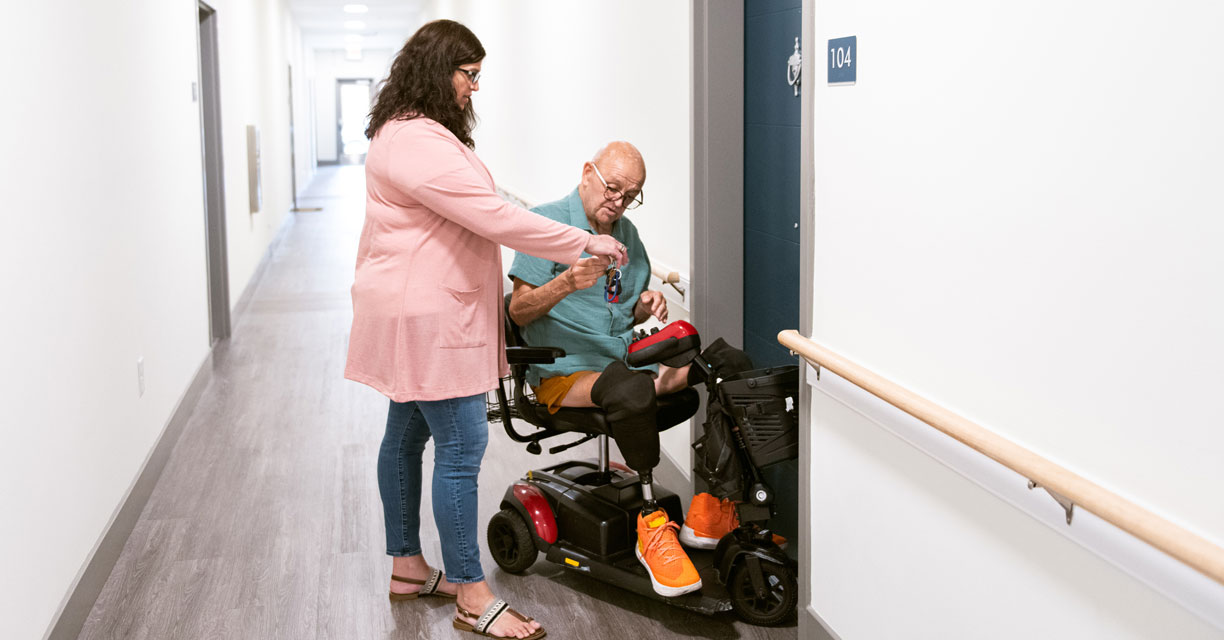A telephone-based social needs screening, referral, and navigation program that focused on patients with predicted high utilization within the Kaiser Permanente Southern California health system decreased total health care visit utilization. Overall, patients with predicted high utilization participating in this program experienced a 2.2 percent decrease in total utilization, with the most substantial decreases of 7-12 percent among low-socioeconomic status patient subgroups.
Below are some elements of the intervention, designed in partnership with Health Leads.
- Patients were screened for social needs via telephone;
- If a patient screened positive for one or more unmet social need and was interested in receiving assistance, they enrolled in the social needs navigation program;
- Enrolled patients telephonically received social resource referrals to community-based organizations and navigation support; and
- Kaiser Permanente conducted follow-up calls until the patient could not be reached, indicated they had the information to connect to resources, or connected with the provided resources.
The study results suggest that a telephone-based approach to social needs screening and navigation is feasible and results in similar outcomes as compared to in-person social needs identification and referral approaches. Notably, 53 percent of screened patients reported social needs, with the most common needs being financial strain and food insecurity. While only 10 percent of enrolled patients connected with resources to community-based organizations, the results suggest that participation in a social needs screening program may lead to improved health outcomes even for patients who do not engage in navigation.



